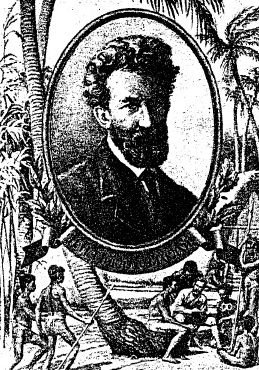Abstract
The paper discusses two issues: (1) ethnic composition of the first ‘Chinese’ immigrants to Taiwan and (2) Yunnan province ethnic composition. My previous research of the 18 Deity Kings cult in northern Taiwan, where one of the deities is a dog, brought me recently to an assumption of the multiethnic character of the first wave of so called ‘Chinese’ immigrants to Taiwan from the mainland in 17th century. A boom of this unusual cult appeared in 1980s in the area of Hakka fishermen settlement. Fishermen were the first visitors to Taiwan shores from the nowadays China mainland during the Ming dynasty in the late 16th century. Hakka immigrants to Taiwan originate from the area of nowadays Guangdong province, where, as it supposed, they had long historical contacts with the Yao people (瑤族), who traces their ancestry to a mythical dog. In the study of the18 Deity Kings cult it was supposed that the cult is probably a mixture of local beliefs connected with dog worshipping and Hakka immigrants’ memory of the Yao myth of origin. The recent assumption suggests even the presence of several Yao people among the earliest Hakka immigrants in Taiwan. Professor Holm (2012) assumes also that dog cult in Taiwan could originate from the Hakka people contact with the She group (畲族) in mainland China which inhabits the territory of nowadays Guangdong, Hunan, Fujian, Jiangxi and Zhejiang provinces. As Professor Holm informs the ethnic group of She is related to the Yao people and share with them the same myth of origin. The current study aims to throw light upon the question of Yao and She ethnic groups’ members’ hypothetical participation in the first wave of immigration process from mainland China to Taiwan during 16th -17th centuries.
The understanding of ethnic composition of the first immigrants to Taiwan from the Chinese mainland depends from the issue of southeast and southwest China ethnic composition in 16th century and before. To reach this goal first of all should be analyzed the ethnic composition of nowadays Yunnan province of PRC. In this paper the draft classification was made according to ethnic groups’ language similarities, similarities in the ways of production and the hypothesis of their origin. Of cause all these ways of classification cannot give the real picture of ethnic composition of the region, but could bring us closer to the understanding of migration processes on the territory of nowadays Yunnan province. The classification tables are shown in the paper. The classification tables’ analysis shows that the classification on the base of language similarities doesn’t match to the classification based on the way of production, which means that language could be spread not only by migrants, but also by military power or economic interests. The way of production from another hand could be changed because of changing of environment, due to migrations. The origin hypothesis is usually based on language similarities and legends. Legends also could not be a trustful source as soon as they could be created according to political reasons and the wishes of comfortable adaptation in other ethnic environment. Anyway, the classification which was done in this paper is an attempt to the further studies in understanding the migration processes in Southeast Asia.
Igor Sitnikov











No comments:
Post a Comment